
- 2020 | CommerceBasix Contact Us 0



Customer Relationship to Revenue
Developing and maintaining customer relationships are the lifeblood of a business, without it a company’s revenue can be capped or decline over time. Customers focus on their specific markets and want products and services that increase their markets, revenue and competitive position. Business development identifies opportunities where a product meets the customer’s objectives, how it meets those objectives and the decision maker who has purchasing power. Building long term customer relationships can lead to referrals, new opportunities and feeds product development.

No matter how big or how small the fundamental objectives of all companies is delivering value to the customer and revenue to the business. Product design and development are based on business decisions which are informed by data. Data is a crucial to linking quantitative and qualitative metrics to product develop. Data provides customer and market information that can be used to begin product development and shared across teams to accelerate product development. Data that monitors customer uptake, satisfaction, feedback, market changes, and competition provides information to evaluate product success. identify gaps, new features, products and markets. The use of AI as a source of data is now more important than ever and creates a competitive advantage. The speed, volume of data that is collected and analyzed directly impacts revenue.
CommerceBasix co-founder, Pam Roberts, applied this approach to global corporations with sales revenue of $3B to $21B in either the Business to Consumer or Business to Business markets. In both markets the key stakeholders were the financial markets making product development and launch having tens of million USD impact on the company’s valuation. Cross-functional teams were put together and reported directly to the executive management of the firms. Based on quantitative and qualitative metrics collected prior to the start of development decisions were made to determine if the technology was too early for the market, did not have a strong enough business case to meet the revenue objectives of the corporation and whether it was cost and time efficient to develop and launch using only internal resources, or whether to obtain the required resources through an acquisition or a joint venture. The results of these projects ranged from a 18% growth in market share within a year or a 25% division contribution to total corporate gross revenue.
The true prize of modern marketing is the value of data – its collection and its application in consumer sales

The Department of Defense is no longer driving technology and the defense and commercial sector now overlap. It is critical that DoD transition from a period where all technology from start to finish was developed for military use only by defense suppliers, “reinventing the wheel” every time it required a new product or service. This was both costly, inefficient and prevented the military from taking advantage of commercial products and services that leveraged private-sector research and development.
The new approach split its purchases into three categories: products that were available in the commercial market, commercial products that would need to be customized and defense-unique products that would serve only the military.
CommerceBasix applied this approach working with The Department of the Army. CommerceBasix developed a Commercial Technology Search & Assessment Tool that mapped DoD military requirements to commercially available technology that could be used as is, modified to meet military requirements or those requirements that were military specific and needed to be developed by defense suppliers. In this specific case CommerceBasix worked with teams in parallel to design, develop, identifying, test with active duty teams and get feedback. It was transferred based on agreements between research and development and the organizations responsible for acquisition and deployment across the Army.

According to CB Insights, 29% of all new ventures fail because of inadequate capitalization. But raising capital for a new venture is unlike any other endeavor. The "playbook" for one company may not work for another. Capital sources and their preferences (risk tolerance, return expectations, industry preferences) can vary widely. And while "friends and family," can help a venture get off the ground, those resources may be insufficient to achieve either cash flow breakeven or signficant milestones needed to attract more capital.
Entrepreneuers who have never traveled this road may be surprised at how prospective investors view their venture. While the founder(s) and their peers may be filled with passion, they may be surprised to learn that for most investors, investing their money is a financial decision that may be free of any emotion. And if the entrepreneur has never managed the development of a new product or service, established a customer support organization, or been a manager, they may be surprised to learn that these are precisely the risks that a prospective investor will price into their investment offer, if they make one at all.
The CommerceBasix team has raised money for its own ventures and assisted others. And while the firm is not a registered broker dealer, we are experienced advisors who can help the entrepreneur sail through what for them may be unchartered waters. The seas can get rough and the waves daunting, but the journey can be completed and we can help hoist the sails and navigate the rough waters.

Investments and Not Just Charity
Charity and aid are no longer enough to solve environmental and social issues. Financial markets must be involved to bridge the gap.
There are 2 approaches both require both quantitative and qualitative metrics that are established from the outset as a baseline for setting expectations. These are measured and reported to investors at regular intervals throughout the life of the investment.
The first approach is ESG (Environmental, Social and Governance) investments that deliver competitive financial returns and are solving critical social problems and doing so with sustainable business models. The shift from just financial performance with the addition ESG performance reflects the growing public concern about global challenges such as climate change and social inequality. This strategy links financial performance and societal impact and there is no trade-off between positive impact and financial outcomes.
The second approach is impact investing in which the goal is maximizing social benefit first and financial performance second. This bridges the gap between the efficiency and scale of market-based approaches and the social impact of pure philanthropy. These investments have longer time horizons, higher risk-tolerance, deliver at bond market or below market returns and provide management support to help new businesses thrive, the flexibility to seek partnerships with governments and corporations through subsidy and co-investment.
CommerceBasix structured a $100M Impact Investing Fund. The investors included an international investment firm, a family office, a $2B wealth advisor and $35M foundation. The investment firm and wealth advisor provided the investment vehicle for outside investors, the family office a direct investment into the fund and the foundation the management support and measurement of investee financial and financial performance.

The saying is trite but true: "we live in a connected world." CommerceBasix's team members have been contributors to many aspects of the telecom and network industries. Team members have founded networking firms, designed network equipment, scaled networks, and participated in the merger, acquisition, and sale of enterprises.
The firm's team members understand some of the key technologies (and associated dynamics) associated with both wired and wireless networks. Not only have team members worked in developing and scaling private sector networks, but team members have been involved in the design and implementation of wireless networks for the US ground forces, networks that operate in hostile conditions, without a fixed infrastructure, and with nodes that are both manned and unmanned, ground based, airborne, and space based.

AI encompasses the techniques used to teach computers to learn, reason, perceive, infer, communicate and make decisions similar to or better than humans. Artificial intelligence (AI) makes it possible for machines to learn from experience and adjust to new inputs . It finds structure and regularities in data so that the algorithm acquires a skill: The algorithm becomes a classifier or a predictor. machines can learn from patterns and anomalies they find in data on their own. These are patterns and anomalies that our human minds can’t feasibly find, due to the sheer size and complex intricacies that exist within the data. A computer’s strength comes from its ability to reliably, efficiently and accurately analyze large volumes of data without fatigue.

It's Not Just About Cryptocurrency
Blockchain’s value proposition is clear: it functions as a decentralized, incorruptible database that allows peers to conduct transactions without relinquishing control to an intermediary or accepting counterparty risk
We are at a transition point where blockchain-enabled cryptocurrency applications will likely cede their prominence to blockchain business applications that can potentially increase efficiency and reduce costs. Over the longer term, blockchain might be used to improve fraud management, supply-chain monitoring, cross-border payments, identity verification, and the protection of copyrights or intellectual property. It could also help companies with smart contracts—transactions that execute automatically when certain conditions are met.